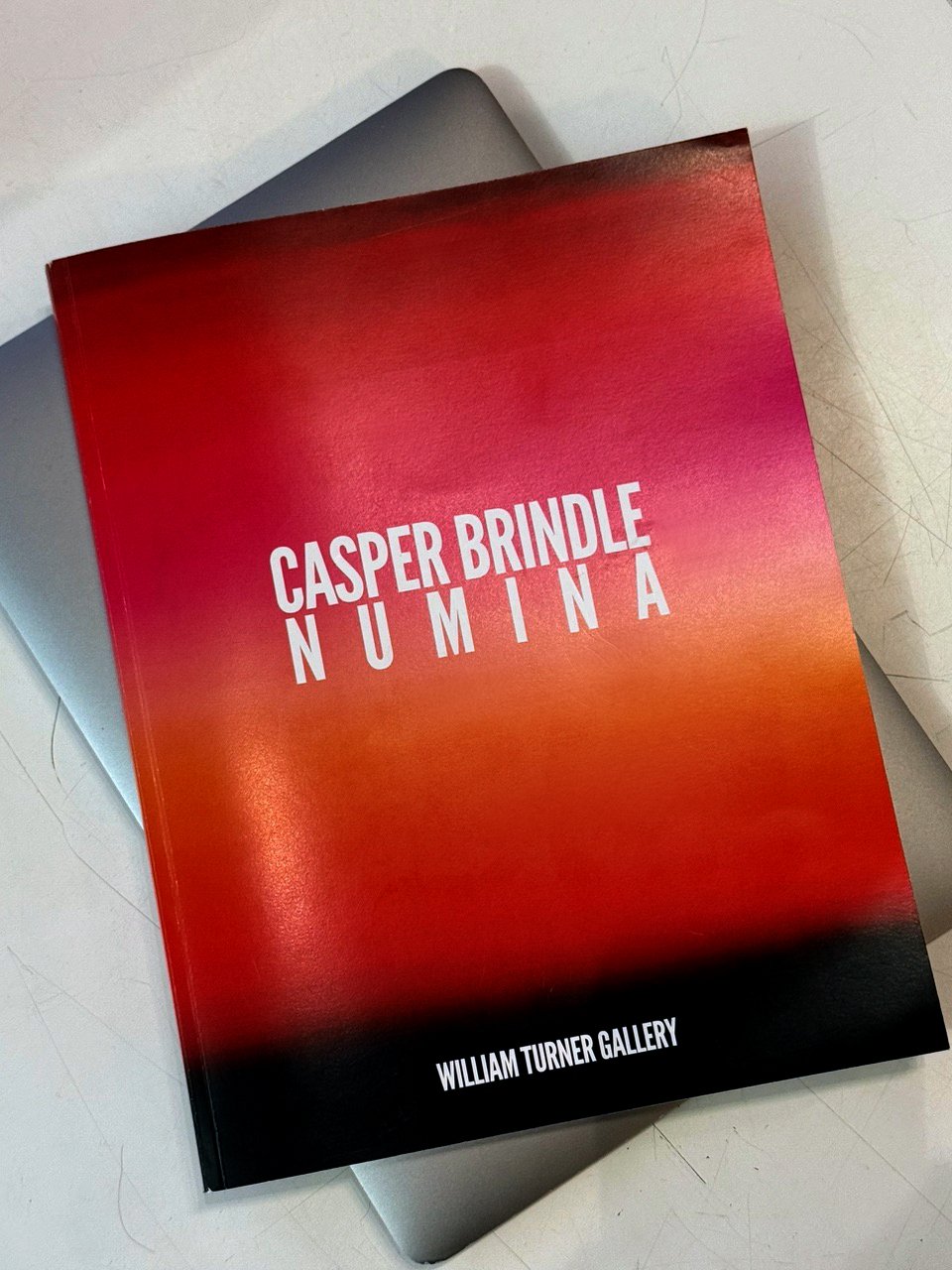William Turner Gallery is pleased to present Light Matter, the first of two exhibitions, in partnership with the Getty’s PST ART: Art & Science Collide, which explore the intersections and influences between art and science.
Light Matter showcases the influences of scientific research on artistic process and intention, and builds on a collaborative experiment that began with LACMA’s innovative Art & Technology program, a collaboration between artists and industry that ran from the late 60s to early 70s. As part of this initiative, Robert Irwin and James Turrell collaborated with NASA scientist and psychologist Ed Wortz at the Garrett Corporation. Together they developed a series of art and science-based investigations into the dynamics of perception, with a special emphasis on sensory deprivation. This intrigued Irwin and Turrell, who began to notice that perceptions were heightened after sessions in sensory deprivation tanks. Perhaps, they reasoned, the purpose of the work of art wasn’t as much about the work, as it was about the experience of perceiving the work. Enter Light & Space in Southern California, where the emphasis shifted from looking at art as “object”, to art as “experience”.
Artists in Light Matter continue to expand on this notion, experimenting with the possibilities of their materials, often through scientific research and innovation, to achieve heightened visual effects that engage the viewer in the wonder of the phenomenology of perception. They utilize materials and approaches that inspire the viewer to reflect - not only on “what” they are perceiving, but “how”. Many of the pieces require the viewer to interact with the works in unexpected ways - either by encouraging unusually active movement around, or stillness before, their works. The act of viewing engages the senses and heightens our sense of perception.
Light Matter includes work by Dawn Arrowsmith, Larry Bell, Casper Brindle, Shingo Francis, Jimi Gleason, Eric Johnson, Jay Mark Johnson, Peter Lodato, Andy Moses, and Roland Reiss.


























